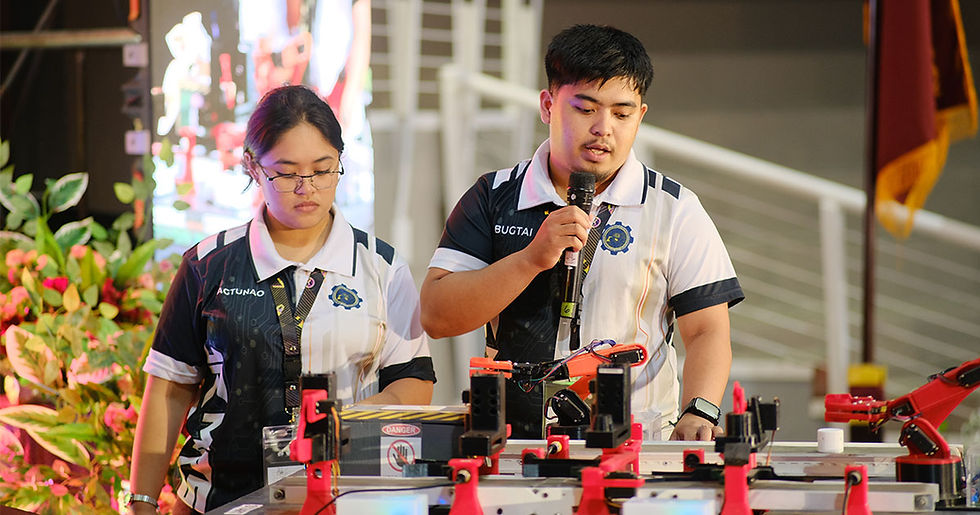Making Soap with a Difference
- Field Ready

- May 9, 2019
- 2 min read
Our earlier work in designing, making and distributing soap that encourages children to wash there hands was a definitive success. Last year, our partners Save the Children and the London School of Hygiene and Tropical Medicine, with funding from the Humanitarian Innovation Fund, carried out research in Iraq that demonstrated the effectiveness of this approach in what was called the Hidden Incentives project. More information about this available here, here and here.

Since then, our team has been exploring opportunities to expand our research to different contexts and assess the added-value of the participatory design process, as well as how to get more soaps into the hands of those who need them.

This is important because public health infrastructure is too often not working properly in disasters and necessary supplies are in short supply. This leads to poor access to key services such as water and sanitation and the environment can be highly contaminated. These conditions, along with overcrowding and inadequate shelter, increase the risk of disease transmission and thereby threaten the health of already vulnerable populations. Diseases such as diarrhea can account for up to 40% of all deaths in an acute emergency. Handwashing with soap (HWWS) can be an effective means of preventing transmission of important infectious diseases. Systematic reviews have consistently shown that HWWS is effective in reducing diarrheal disease by almost half. HWWS is thought by many to be the single most cost effective of all public health interventions.
As we’ve refined the process by which we make these (shown here), samples of the soap will soon be available at charity shops managed by the Save the Children in the UK.


_edited.png)




Comments